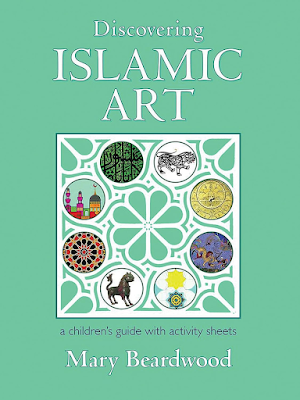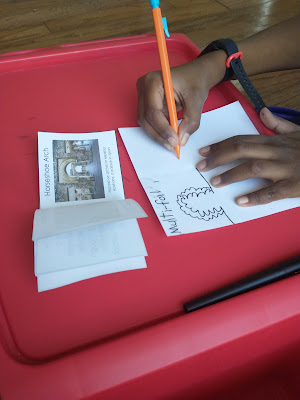During our novel study "The Earth Dragon Awakes" we concentrated on figurative language. This book has a lot of personification and similes. As we read, the boys and I wrote down any figurative language we came across and identified them. At the end of the novel, we made a cute dragon breathing out 'figurative language examples.'
My boys read these two books.
My 10-year-old decided to focus on personification and drew a dragon in his notebook with all the examples.
Resources
Examples From the Book
There are so many examples but here are just some of the ones the boys found during our reading.
My Stomach is as solid as the earth (pg. 2)
Street lamps glitter like jewels (pg. 12)
The Chest of drawers dances a jig (pg. 20)
His bed and all his furniture circle in a slow waltz around the room (pg. 20)
The tenement creaks and groans like an old giant (pg. 23)
Their bed and bureau prowl like a hungry animal (pg. 23)
They look as if they are peering over someone's shoulder (pg. 31-32)
But fear twists inside Chin like a snake (pg. 33)
Suddenly a breeze brushes his face like a soft hand (pg. 34)
You can't judge a book by its cover (pg. 37)
Flames wag out of the windows like salamander tongues (pg. 42)
The heavy machine rests on its side like a sleeping animal (pg. 43)
The Ham and Egg fire stretches one arm east and the other south. It will join its brothers (pg. 61)
The flames peer hungrily down at Henry (pg. 63-64)
Burning embers drift in the hot winds like angry butterflies (pg. 64)
It slithers across San Francisco like a dragon with red spines (pg. 71)
A tongue of fire dances on his shoulder (pg. 48)
Dust rises in ribbons like tiny ghosts (pg. 40)






































